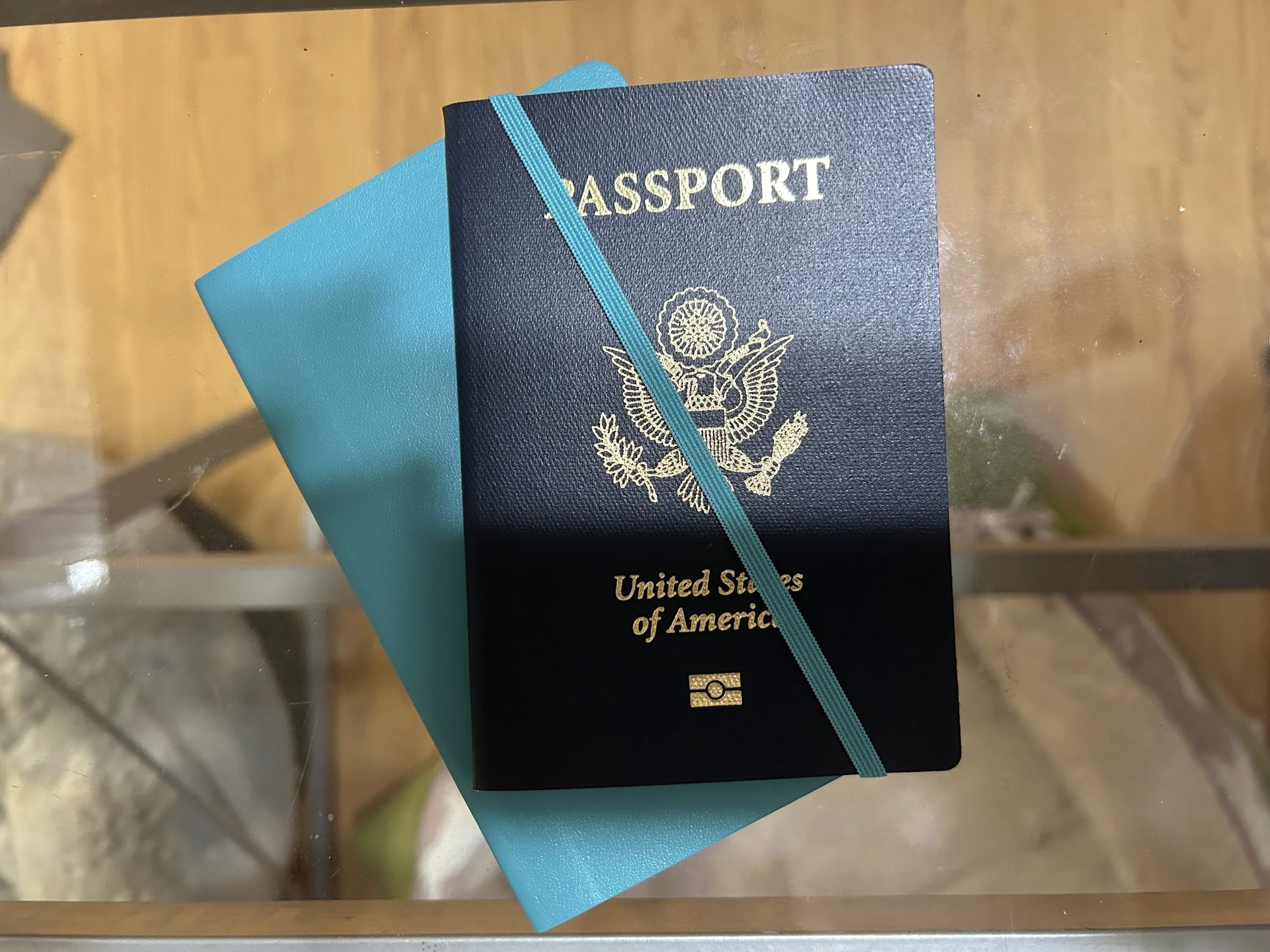Day 3 - Sanctuary
/As the trip went on, the days got shorter and finding time to write at the end of the day got harder. I will do my best to remember the details with the help of my images, but all the big picture themes are burned in my memory.
Wednesday morning we headed back out to the plaza again, and it was a possibly my favorite morning of the week. We ended up seeing both Sleeper and Black Chain, and they had some fascinating interactions. They both seemed pleased to see us, and were incredibly comfortable moving in and out of our group and tolerating us filming and briefly interacting with them. Sleeper was definitely perkier than we had seen him prior, so that was hopeful.
The interactions between these two dogs were pretty fascinating. They may “know” each other from being in the same orbit on a daily basis, but they don’t seem to be of the same family unit. They both do have exceptional communication skills, and are able to have subtle conversations without anyone getting too riled up about it. Watch the bone interaction. Even my own dogs, who I find to be in the higher echelons of canine communication skills, would unlikely have been so unmoved by being pushed away from it. Some of that does have to do with availability of resources—clearly the bone is not anything super new to these guys—but the ease with which they navigate it is impressive.
We headed out thereafter to an animal sanctuary just outside of Mexico City. This facility houses well over 1400 dogs, whom have been surrendered by their owners, picked up as strays, etc. We “knew” what we were getting into, but you never are really truly prepared for these things.
I am limiting the number of pictures and videos I share because I am not sure I see the purpose of getting into the nitty gritty of it. We were told the dogs all get out each day into the common yard—and we did see somewhere in the vicinity of 60-80 dogs all out at the same time (its hard to get accurate headcounts when there are that many), but if you do the math of getting 1400 dogs out each day for any stretch of time, it starts to not exactly work out.
Most of the dogs needed medical attention of some sort. Many showed stereotypic behaviors indicative of kennel stress. Almost all were between overweight to morbidly obese.
While we were told that they do take adoption applications, its more than likely that the vast majority of dogs who end up in this facility will live out their lives there.
I want to be empathetic to the people who run this facility. They genuinely believe they are doing the right thing, and that they are saving these dogs. They pour their heart and soul into this operation, and really do love the dogs. I don’t doubt that part. Importantly, this scene is in absolutely no way specific to this town or this country. This happens everywhere, and I would venture to say its even more common in the US than in Mexico. Maybe not in the sheer volume department, but more than a few “rescues” here are nothing more than glorified hoarding situations.
I can’t not ask the question; “is this ethical?” In “saving” these dogs and having them live out a life in this type of environment, are we really doing the best we can for them? Is a long life in a stressful environment, in an unhealthy and or potentially painful condition, better than a briefer existence? Who’s comfort are we prioritizing? Is it really the animals’?
This day was tough. We had a lot of really experienced people on this trip, many of whom have “seen some shit,” and this was hard, on all of us.
But, in my opinion, it’s important to understand the range of which we interact with and ultimately steward these animals that by and large, we bring into this world. What are the ethics of both our personal situations, and the greater “dog loving” community? These are all questions worth pondering, and I am grateful to be able to experience the massive scope of the human and dog relationship.



















